It’s Monday admittedly but we’ve got the most beautiful post for you today that is bound to perk you up despite these grey clouds and all the rain that this month seems to be throwing at us.
Given that so many of you have requested more gardening posts as well as demanding extra interiors inspiration we thought we’d kill two birds with one stone and combine them both for you. Today’s post is a result of that magical combination and hopefully will be full to bursting with lots of tips you can avail yourself of to boot. The lovely girls from RoCo – Rose and Caro – who have recently had their first book ‘House Of Plants‘ published to wide acclaim are talking to us on the blog today. If you’re a big Instagram user then you might have spotted the tome styled to perfection on some of your favourite accounts – I know I have anyway.
How many of you love the idea of greenery in the home but you can’t quite work out why it’s nigh on impossible to keep a house plant alive? Well these super savvy women are here with all their natural wisdom to provide you with some guidance on how to care properly for your green friends. Shall we get started?
Who We Are
Hello I’m Caro and together with my best friend and business partner Rose, we are two indoor plant stylists on a mission to transform urban spaces with beautiful, low maintenance greenery. We are based between London, where we have a little conservatory next to Hampstead Heath, and Margate, where we have a small studio space.
What Do We Do?
We started Ro Co three years ago with a stall on Broadway Market in East London, selling the plants and products we were designing and making. These were everything from rootless air plants (a type of bromeliad which survives by absorbing all the moisture it needs through its leaves – magic!) and geometric copper mobiles to suspend them in, to re-purposed antique terrariums and lightweight concrete pots which we cast and polished in the garden.
From there, we made new friends and contacts, some of who became stockists or clients, and our business began to grow.
Last year, we were asked by publishers Frances Lincoln to write a book on caring for and styling indoor plants, which was released in November 2016. House of Plants is a sort of modern manual for indoor plant enthusiasts to learn how to choose, nurture and style their favourite tropical plants, cacti and succulents. It also features lots of practical projects, such as how to make homemade composts and fertilisers, how to cast a concrete pot, make a hanging planter and plant up a tropical terrarium.
What Do We Love Most About Our Job?
Exploring! Both Rose and I were working in an office before we started Ro Co, and it didn’t suit either of us one bit. I was getting severe back pain and blurry vision from sitting in front of a screen all day, and Rose was unhappy with the ridiculously fast-paced nature of her job in fashion design. It’s taken a lot of hard work (outdoor markets in the British winter can be a real challenge – think flying plants!) and we initially had to learn to live with a painfully tiny income, but the benefits of having a flexible working day, of being able to work outdoors, of meeting like-minded people and getting our hands dirty again have made it all worthwhile. What could be better than spending every day making a mess with your best friend?!
What Next?
Our next mission is to help transform urban workplaces in and around London with air purifying, characterful indoor plants. Since our book was published, we have had many enquiries from companies hoping to bring their workplace interiors to life, and we are more than happy to help! With our combined knowledge of horticulture and interior styling, we really analyse each space to make sure that the plants we install will thrive and look beautiful. We cover everything, from choosing stylish pots and accessories to offering maintenance to keep the plants (and the people who work there!) healthy and happy.
We are also starting to think about a second book, which is a bit of a secret at the moment but which we are extremely excited about!
You can follow our journey (and get lots of lovely plant-related inspiration!) on our Instagram @houseofplants
So Tell Us Some Tips For Keeping Houseplants Happy…
First thing’s first – choose the right plants for your home. For example, if you have very little natural light, cacti and succulents will suffer after time, and let me tell you, there’s nothing worse that binning a mouldy little cactus. Most tropical plants need watering around once a week, so don’t choose exotic leafy species if you don’t think you can offer them the attention they need to survive.
That said, if you’d like to start with some foolproof species that will forgive you when you’re bad, try the spider plant Chlorophytum comosum, snake plant Sansevieria trifasciata, cast iron plant Aspidistra elatior or species of forest cacti such as the fishbone cactus.
Tip number 2 – drainage, drainage, and drainage! This is so important, especially for desert plants such as cacti and succulents, which are used to spending most of their time in very dry conditions with sporadic rainfall. Waterlogged soil will cause a plant’s roots to weaken and encourage bacteria to grow, and will not make for a happy looking plant. Either choose a pot with a drainage hole and tray, which can be emptied a few hours after watering, or use the pot-within-a-pot method, making sure the inner plastic pot is elevated on a bed of stones to prevent any excess moisture sitting around the plant’s roots.
Finally, make sure to repot your plants when necessary in the spring or summer, when houseplants generally become more active. You can tell if it is time to repot a houseplant by carefully turning the plant upside down (you can find out more about how best to do this – hello cactus spines – in our book!), releasing the plant from its pot and seeing it the roots are visible at the edges of the soil. For those plants that need space for their roots to develop, repotting every few years ensures they don’t become unhealthily crowded, and provides them with fresh nutrients to bloom.
So there you have it…now you have no excuses when it comes to looking after the plants in your home and there’s frankly nothing sadder than a mouldy cactus as Caro so eloquently puts it. Thanks for coming along girls and sharing your advice…now if you’ll excuse me I’m off to pin some of those beautiful images and purchase a plant or two for the hall table. I have to say prior to seeing the House of Plants book I was guilty for thinking that houseplants were a bit ‘granny’ but Rose and Caro have proved me wrong.
Is there anything else you’d like to ask the girls? Are you a serial plant killer? What’s your favourite type of greenery for the home? Why not share your thoughts in the comments box below…




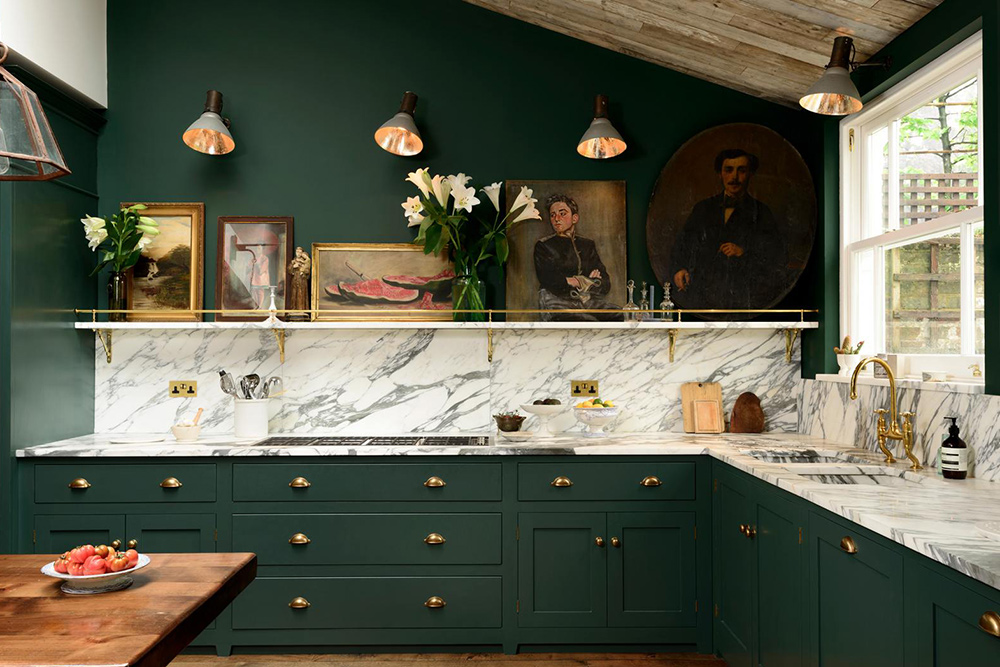

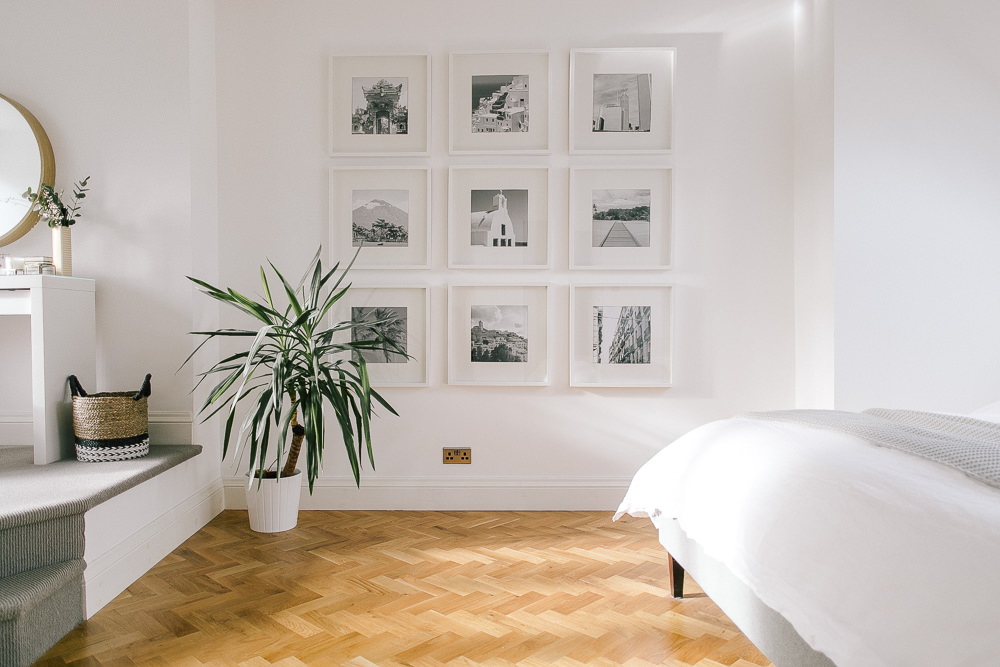
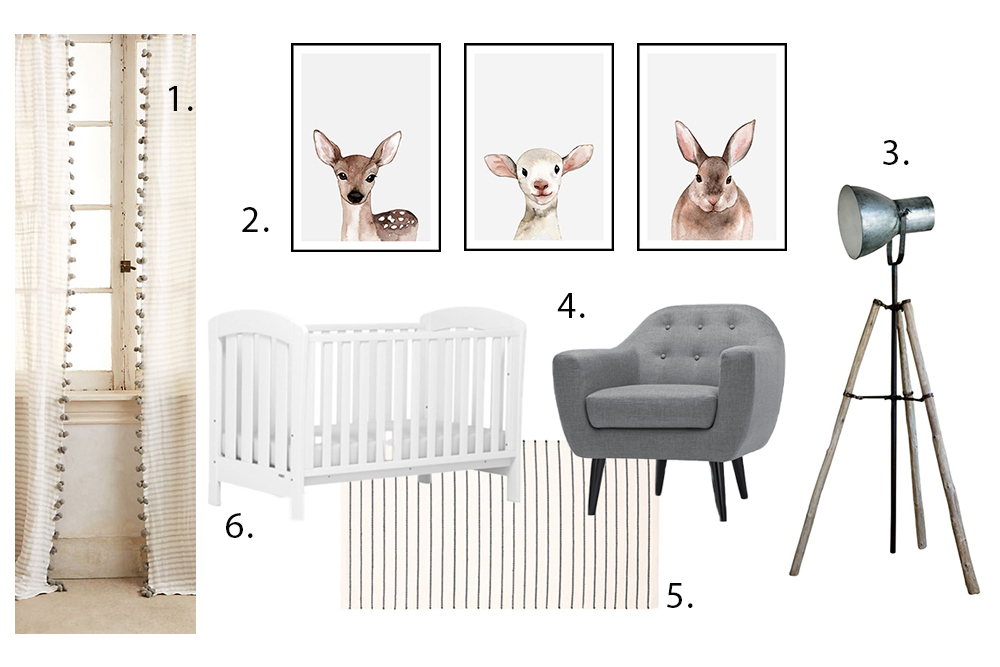
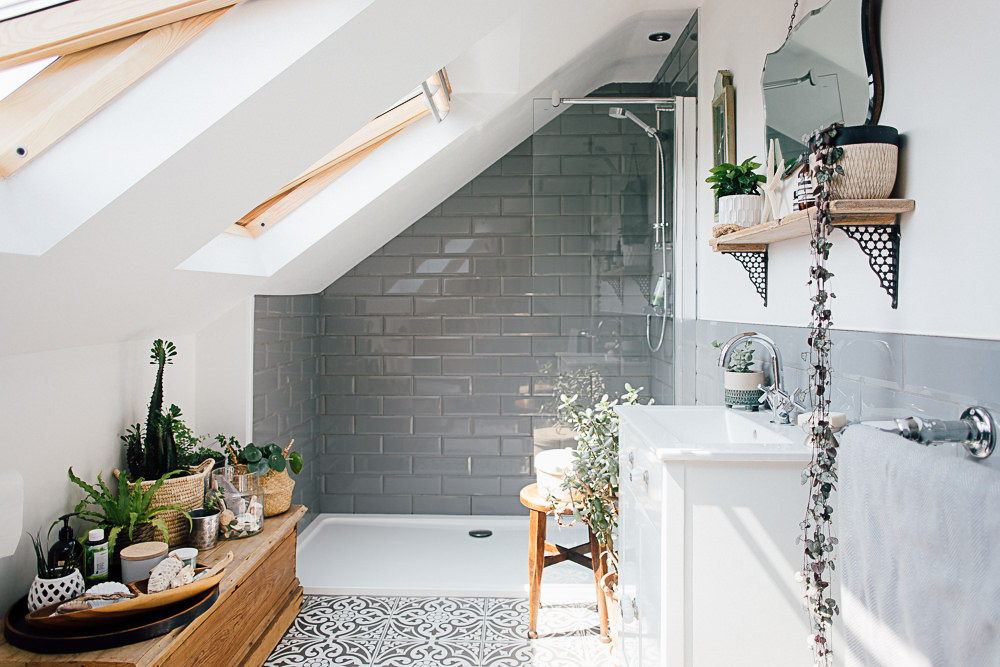
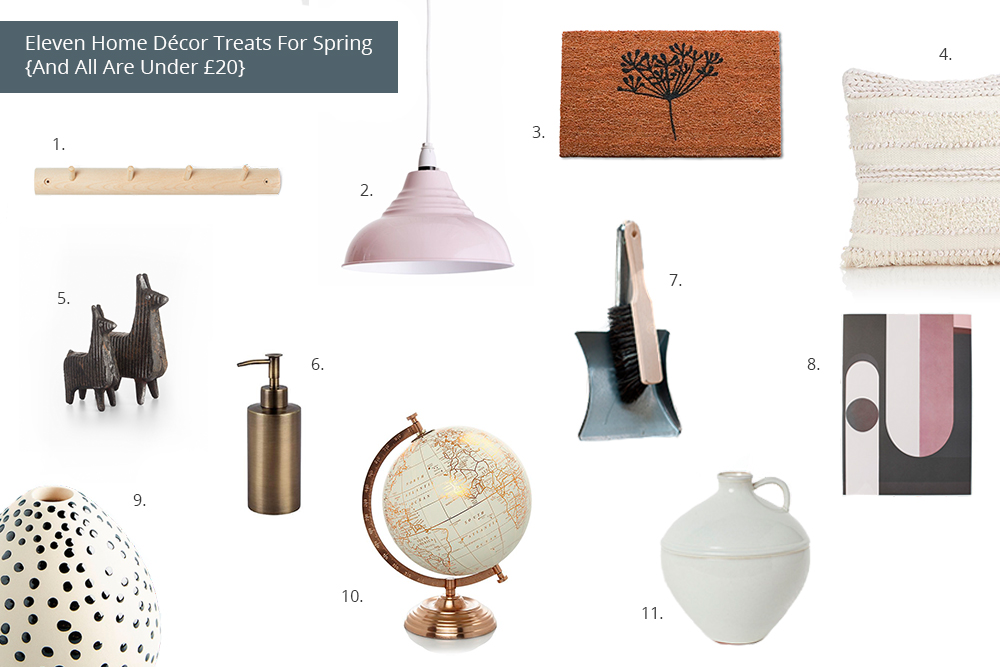
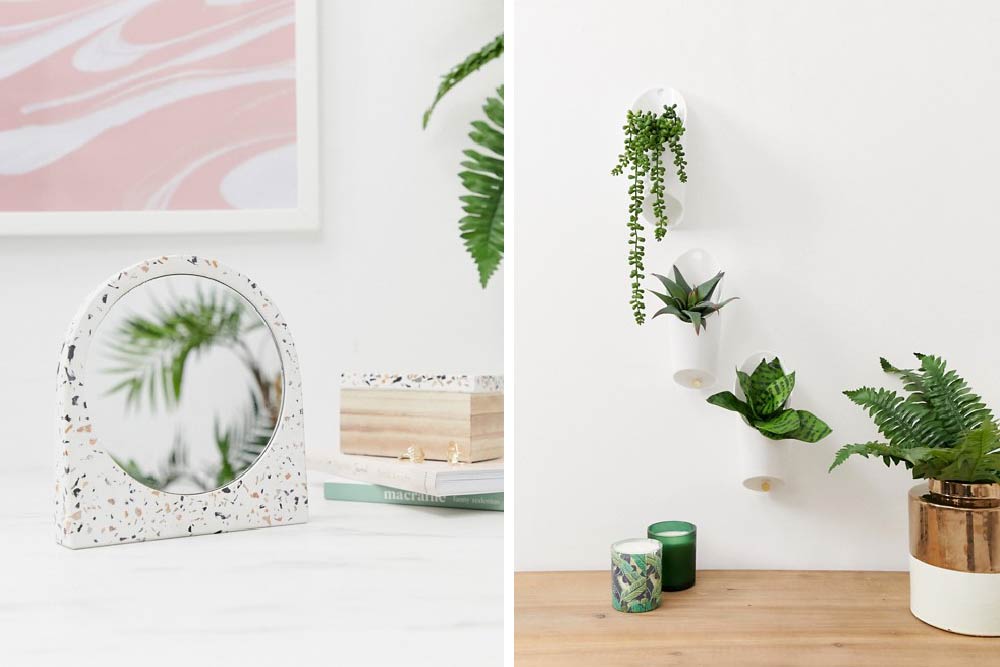

Hi Caro and Rose,
Thank you for the tips! I’m a bit of a plant virgin (just bought a trailing ivy and mini bonsai tree to get started!) what plants would you recommend to have in the kitchen or lounge that are quite tall but that I could keep alive? Eg I love olive trees but I’m guessing unsuitable for indoors!
Many thanks!
Jess
I really hope an olive tree can live indoors OK Jess – I only bought one a couple of weeks ago. It seems alright at the moment but interested to hear if there’s anything special I’ll need to do with it to keep it alive.
Oooh I’ll have to keep an eye on this thread to find out if your tree survives!
Hi Jess,
Caro here, you’re very welcome and thank you for your question. You’re right – olive trees are best grown outside and won’t thrive long-term indoors. Some good, low-maintenance houseplants which will grow tall include the cast iron plant, monstera, areca palm and jade plant (which is much more often found very small but which will shoot up if it has enough sunlight and regular watering!).
We’ve recently started using watering balls quite a bit for any plants that like their soil to stay damp, so maybe check those out if you’re worried about remembering to water.
Hope that helps!
Caro
Hi Girls,
What kind of plants would you recommend for a house with a cat and dog? You hear soooo many horror stories about plants and leaves being poisonous, that it holds me back.
Also, is there an online plant delivery company that you’d recommend?
Thanks x
Hi Rebecca,
Thanks for your question; it’s something we get asked often, particularly with curious cats who love to chew anything that looks grassy indoors. Plants which are considered to be safe are the spider plant, jade plant and Christmas cactus. Poisonous plants to avoid are common ivy, pothos, zz plant, aloe vera, sago palm and philodendrons. To keep animals (and the plant!) safe, we would suggest always displaying houseplants out of reach.
We haven’t used many online plant delivery companies as we tend to source ours from flower and plant markets on foot. Bigger garden centres are a great place to browse, too. Good luck with the search!
Caro
Oh I love all the inspiration here! I dream of having lots of house plants, but always seem to kill them off due to negligence. Whoops! Must get better…!
Is there anywhere you’d recommend to buy plants from (not in London!) Is it a case of your local garden centre’s offering?
Hi Karen, thanks for comment and don’t worry, you’re not alone, it naturally takes a while to get the right routine with houseplants. It might even be that you’re caring for them too much – overwatering is one of the biggest killers, especially with cacti and succulents. If this might be the case, we find the best way to know when to water is by sticking your finger in the soil about an inch deep, and only watering when the soil feels completely dry. The only exception is certain tropical species that like a lot of humidity, but this rule works for most commonly found indoor plants.
We have found local garden centres are focusing more and more indoor plants, and we’re really keen on supporting local businesses rather than shopping online, so would definitely suggest finding a garden centre near to you that has a good selection. It’s also so much more fun to pick a plant in person and find one with a bit of personality!
Good luck!
Caro
I love my house plants, and most seem to be doing well… but we have an infestation of the tiny fruit flies in the soil of most of them 🙁
Any natural remedies for killing the little sods off?
Hi Victoria, this is a common problem but reassuringly fruit flies shouldn’t harm indoor plants, they just love the atmosphere of damp soil and tend to lay their eggs in the top layer of compost. One good way to kill them off without chemicals is by topdressing your potted plants with a layer of small stones or gravel, which will prevent the flies breeding and stop any eggs hatching. The flies are also drawn to damp soil, which can often harvest bacteria, so make sure to empty drainage trays after watering to reduce any growth of mould.
Hope that helps!
Caro